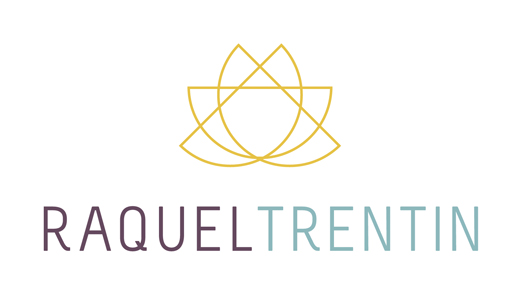Agreements in Sweden: Understanding the Basics
Agreements are the backbone of any commercial transaction. They define the terms and conditions of a sale, lease, partnership, or any other deal between two or more parties. In Sweden, agreements are governed by a mix of statutory rules, case law, and industry standards. To navigate this complex landscape, it`s crucial to have a solid understanding of the basics. In this article, we`ll cover the most common types of agreements in Sweden, their key features, and some tips for drafting and enforcing them.
Types of Agreements
In Sweden, agreements can take many forms, but some of the most common ones include:
1. Sales agreements: These are contracts between a seller and a buyer, where the seller agrees to transfer ownership of goods or services in exchange for payment.
2. Lease agreements: These are contracts between a landlord and a tenant, where the landlord agrees to provide the tenant with a property or a piece of equipment for a specified period in exchange for rent.
3. Partnership agreements: These are contracts between two or more parties who decide to share ownership, profits, and risks of a business venture.
4. Employment agreements: These are contracts between an employer and an employee, where the employer agrees to pay the employee for their services, and the employee agrees to work for the employer.
5. Non-Disclosure Agreements (NDAs): These are contracts that aim to protect confidential information shared between parties who are entering into a business partnership or a project.
Key Features of Agreements
While the specific terms of an agreement will vary depending on its nature, some common features that most agreements share include:
1. Offer and acceptance: The parties must agree on the terms of the agreement. One party makes an offer, and the other party accepts it. This exchange creates a legally binding contract.
2. Consideration: The parties must exchange something of value, which can be money, goods, or services. This exchange is called consideration, and it`s what makes the contract enforceable.
3. Mutual obligations: Each party has a set of obligations that they must fulfill. For example, in a sales agreement, the seller must provide the goods or services, while the buyer must pay for them.
4. Clear and unambiguous terms: The terms of the agreement must be clear, unambiguous, and easy to understand. Vague or uncertain terms can lead to disputes and litigation.
Tips for Drafting and Enforcing Agreements
Drafting and enforcing agreements in Sweden can be challenging, but here are some tips to help you navigate the process successfully:
1. Seek legal advice: If you`re not familiar with Swedish contract law, it`s best to seek legal advice from a qualified attorney. They can help you understand the nuances of the law and ensure that your agreement complies with all the necessary requirements.
2. Use clear language: Avoid using legal jargon or complex language in your agreement. Instead, use clear and simple terms that anyone can understand.
3. Specify the governing law: If the parties are from different countries, it`s essential to specify which law governs the agreement. This can prevent confusion and disputes down the line.
4. Include dispute resolution clauses: Disputes can arise in any agreement, so it`s crucial to include a dispute resolution clause. This can specify which forum or jurisdiction will handle disputes and how they`ll be resolved.
5. Keep good records: Always keep good records of all communication and documentation related to the agreement. This can be helpful if there`s a dispute later on.
In conclusion, agreements are a vital part of any commercial transaction in Sweden. Understanding the basic types of agreements, their key features, and some tips for drafting and enforcing them can help you navigate the complex legal landscape successfully. With a little bit of upfront effort, you can ensure that your agreements are enforceable and protect your interests.
